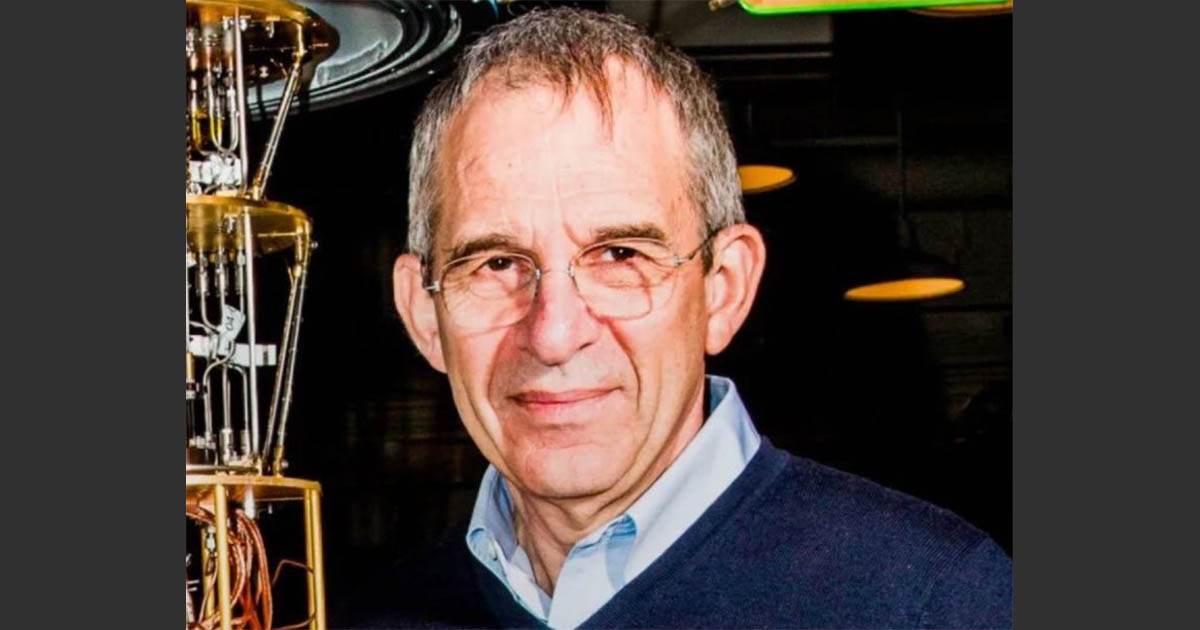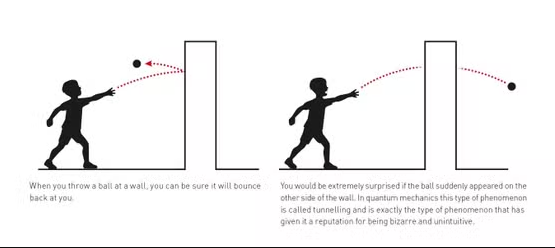Michel Devoret Nobel Prize in Physics
07 October 2025
Graduate of Télécom Paris (1975), PhD of Université Paris-Saclay, he is a French engineer, physicist and the F. W. Beinecke Professor of Applied Physics at Yale University, USA. He also holds a position as the Director of the Applied Physics Nanofabrication Lab at Yale. Currently, he is the Chief Scientist at Google Quantum AI.
He is known for his pioneering work on macroscopic quantum tunneling, and the single-electron pump as well as in groundbreaking contributions to initiating the fields of circuit quantum electrodynamics and quantronics. [Source Wikipedia]
Experiences that challenge our understanding of the world
The experiments conducted by the joint winners of the Nobel Prize in Physics demonstrated that the laws of quantum mechanics, long confined to the realm of particles, could manifest themselves on our scale, in superconducting circuits that can be held in the hand.
This transition from the microscopic to the macroscopic opened up an entirely new field of science: quantronics, or quantum circuit physics.
A whole new aspect of our digital future has taken shape thanks to these experiments conducted by a French engineer trained at Télécom Paris.
Michel Devoret has built a career that reflects our school: rigorous, inventive, deeply rooted in fundamental research and open to the world.
His work reminds us that the boundary between science and society exists only to be crossed, and that knowledge, when embodied in experimentation, becomes a force for emancipation.
